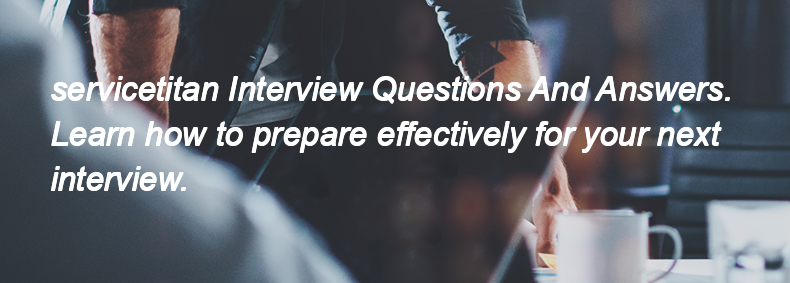Ques:- What are the benefits and challenges of continuous delivery in an Agile environment
Asked In :-
KRIOS Info Solutions, Rock Solid Solutions, Shipco IT, Ziffity Solutions, Trigent Software, STIC SOFT E-SOLUTIONS, Namecheap Web Services, MatchMove India, Cloud Kinetics Technology Solutions, Sun Technology Integrators,
Right Answer:
**Benefits:** Faster time to market, reduced risk, improved quality, faster feedback, happier teams.
**Challenges:** Requires high automation, strong collaboration, cultural shift, investment in infrastructure, and robust testing.
**Benefits:** Faster time to market, reduced risk, improved quality, faster feedback, happier teams.
**Challenges:** Requires high automation, strong collaboration, cultural shift, investment in infrastructure, and robust testing.

